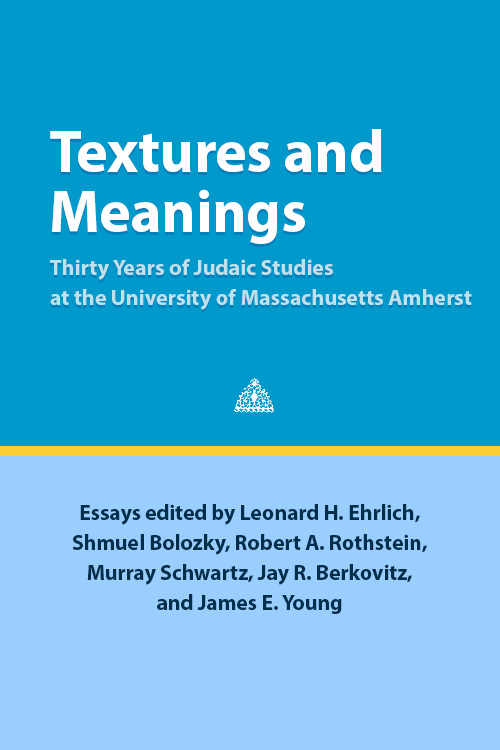Faith and Race: Gougenot des Mousseaux and the Development of Anti-Semitism in France
Frederick Busi
This chapter is part of: Leonard H. Ehrlich et al. 2004. Textures and Meanings: Thirty Years of Judaic Studies at the University of Massachusetts Amherst
Download Chapter| Description |
|---|
| We turn from Lester’s overview to Frederick A. Busi’s study of anti-Semitism in nineteenth-century France. Busi focuses on the thought of Henri-Roger Gougenot des Mousseaux (1805-1876), identifying numerous factors that can be seen as precursors of later anti-Semitic manifestations. Among them are the economic, religious, and racial features of Gougenot’s career that came to be embodied in his main publication in 1869, Le Juif, le judaïsme et la judaïsation des peoples chrétiens. Busi shows how Gougenot came to the pessimistic view that Jews, refusing to convert, would need to be exterminated like rats or “noxious microbes…bent on destroying Catholicism.” In ways that would become all too familiar later, Gougenot blamed the Jews for myriad ills afflicting France. “What Gougenot did, Busi writes, “was to achieve a clever union of official church and state anti-Jewish animosity with more assertive forms of Judeophobia which could easily be connected to the extreme forms of anti-Semitism.” Gougenot died in 1876, but anti-Semites were borrowing from his work even before then, and by the time of the Dreyfus affair in 1894, his influence was widespread, manifesting itself, for example, in the Protocols of the Elders of Zion and the vitriol of the Nazi ideologist Alfred Rosenberg, to justify what Gougenot called “our necessary violences” against the Jews. |
-
Details
Published Published By Aug. 1, 2004 University of Massachusetts Amherst Libraries Citation Busi F. 2004. Faith and Race: Gougenot des Mousseaux and the Development of Anti-Semitism in France. In Leonard H. Ehrlich et al. 2004. Textures and Meanings: Thirty Years of Judaic Studies at the University of Massachusetts Amherst
